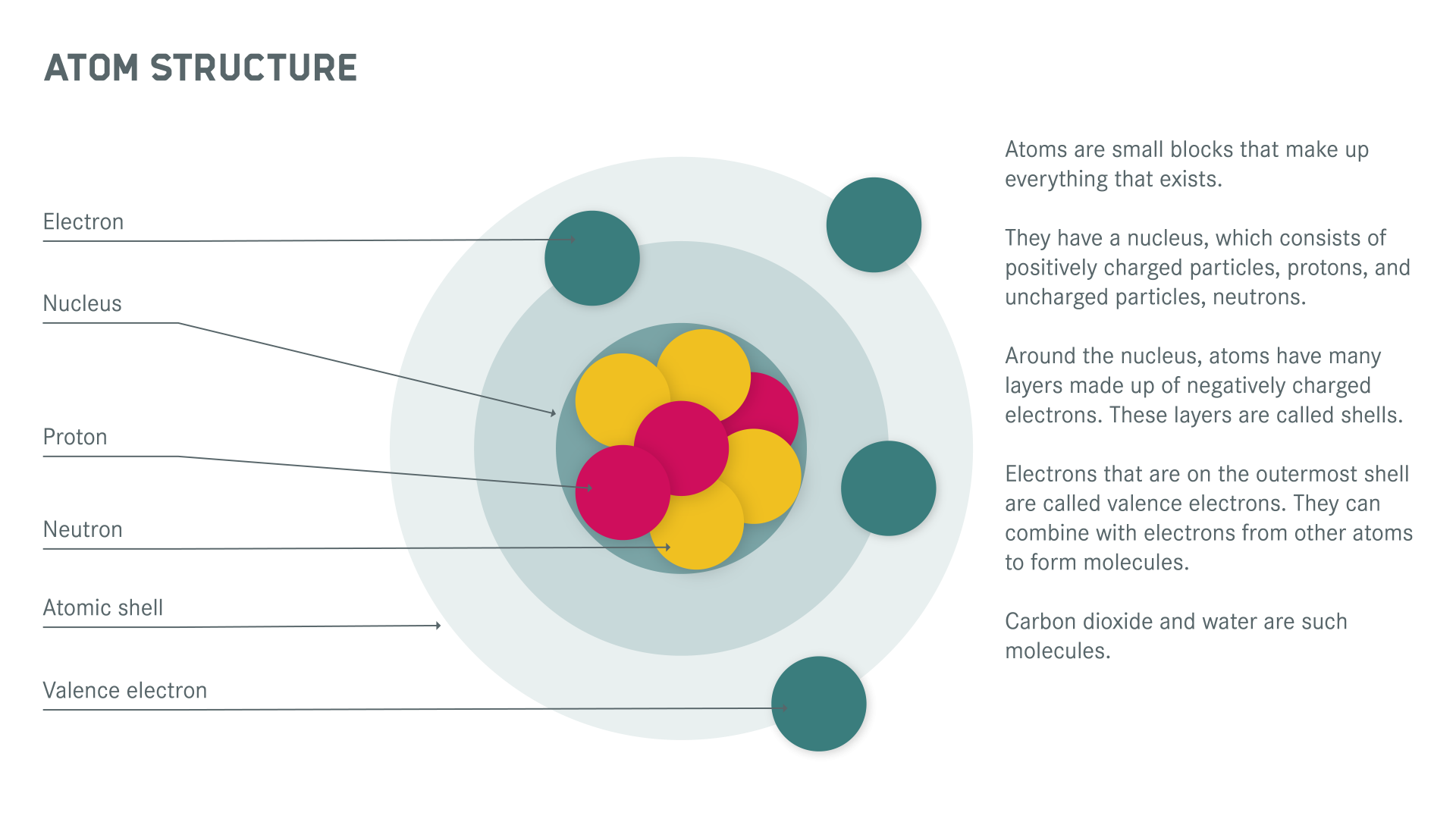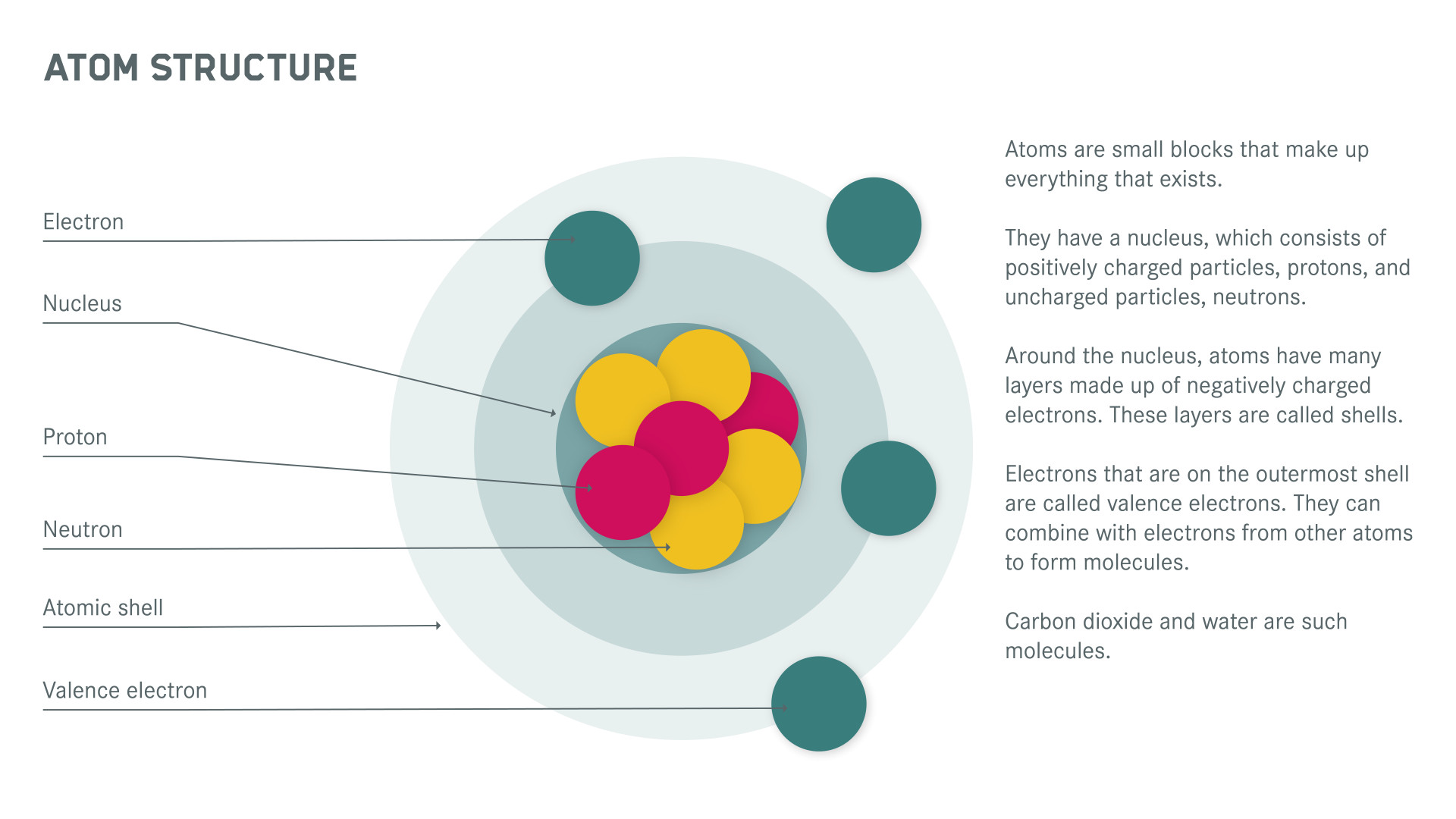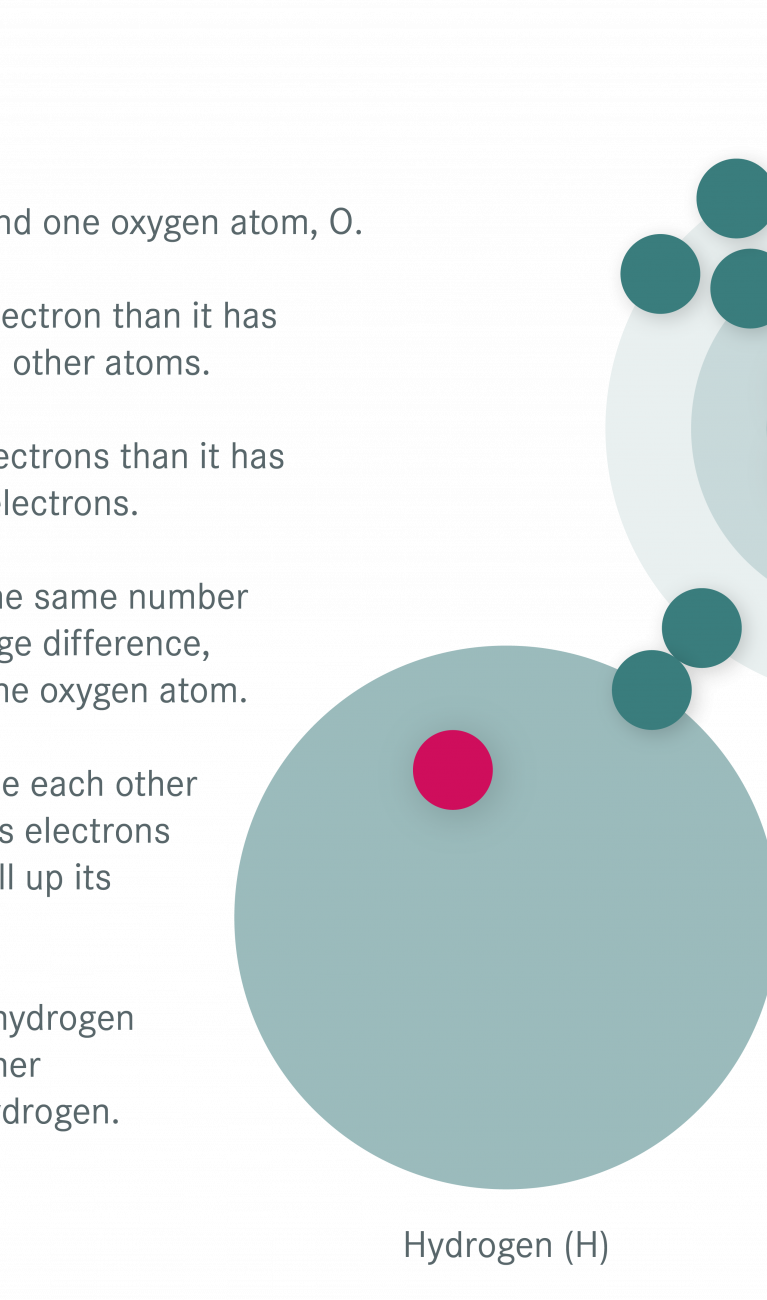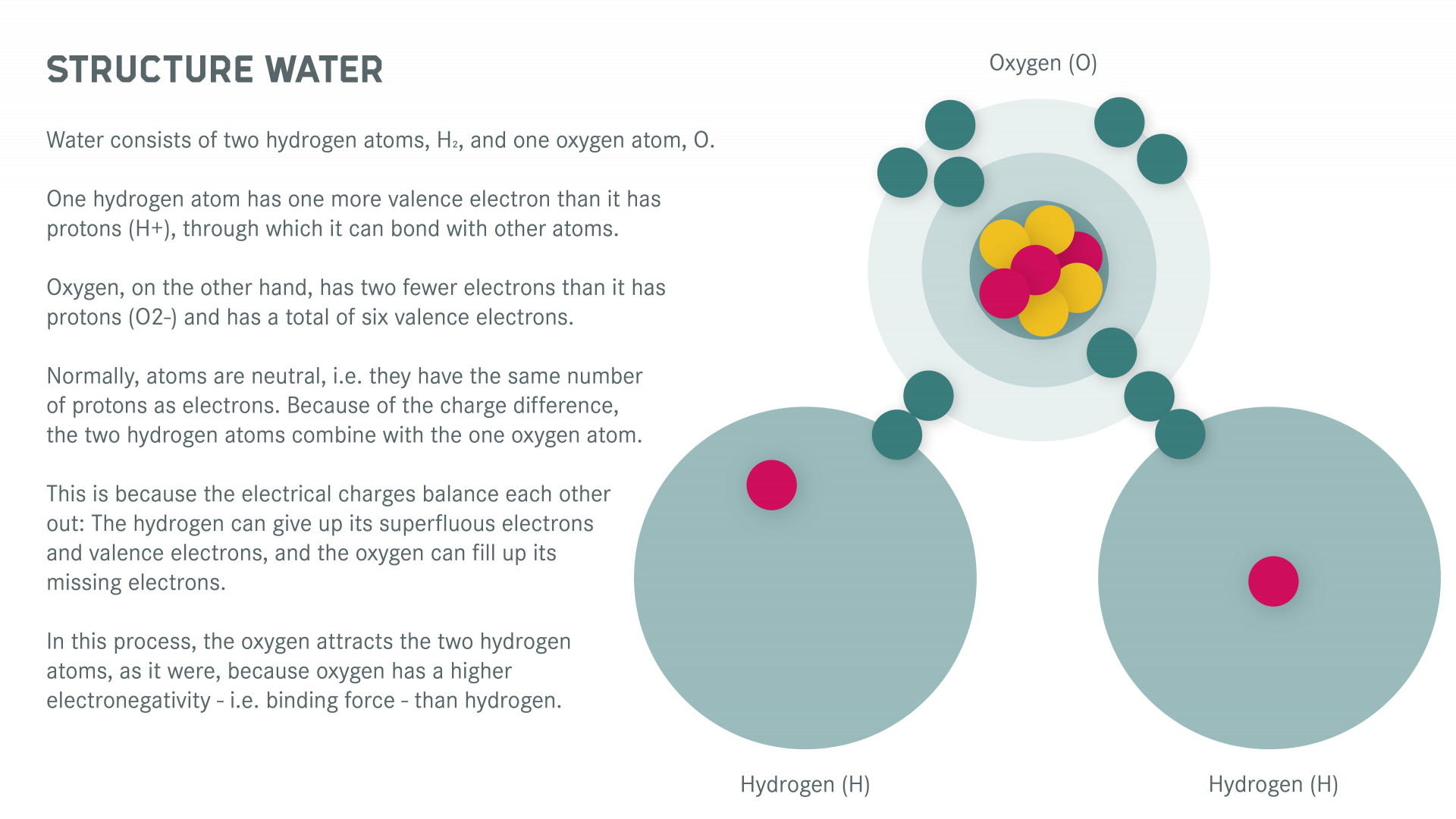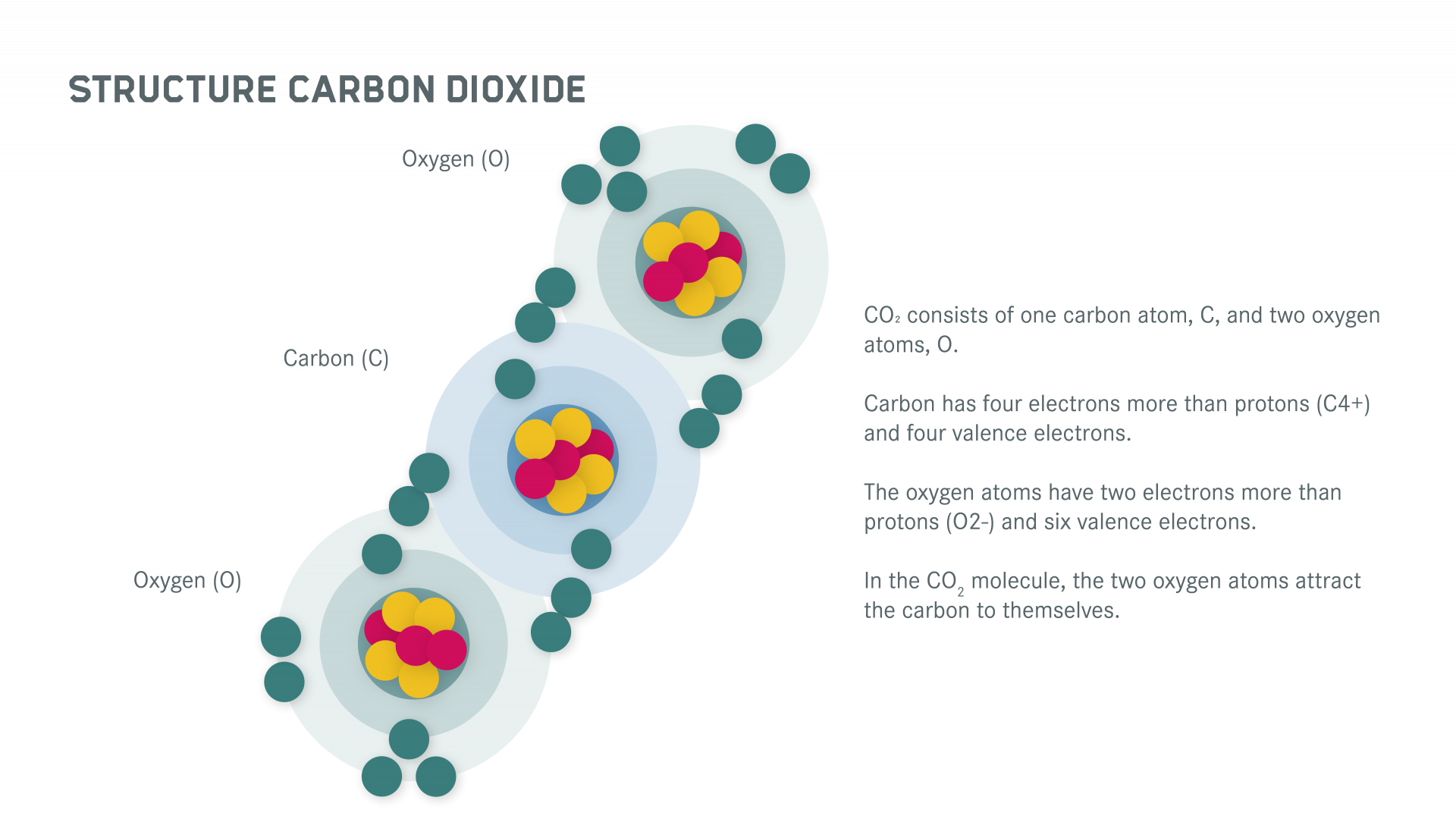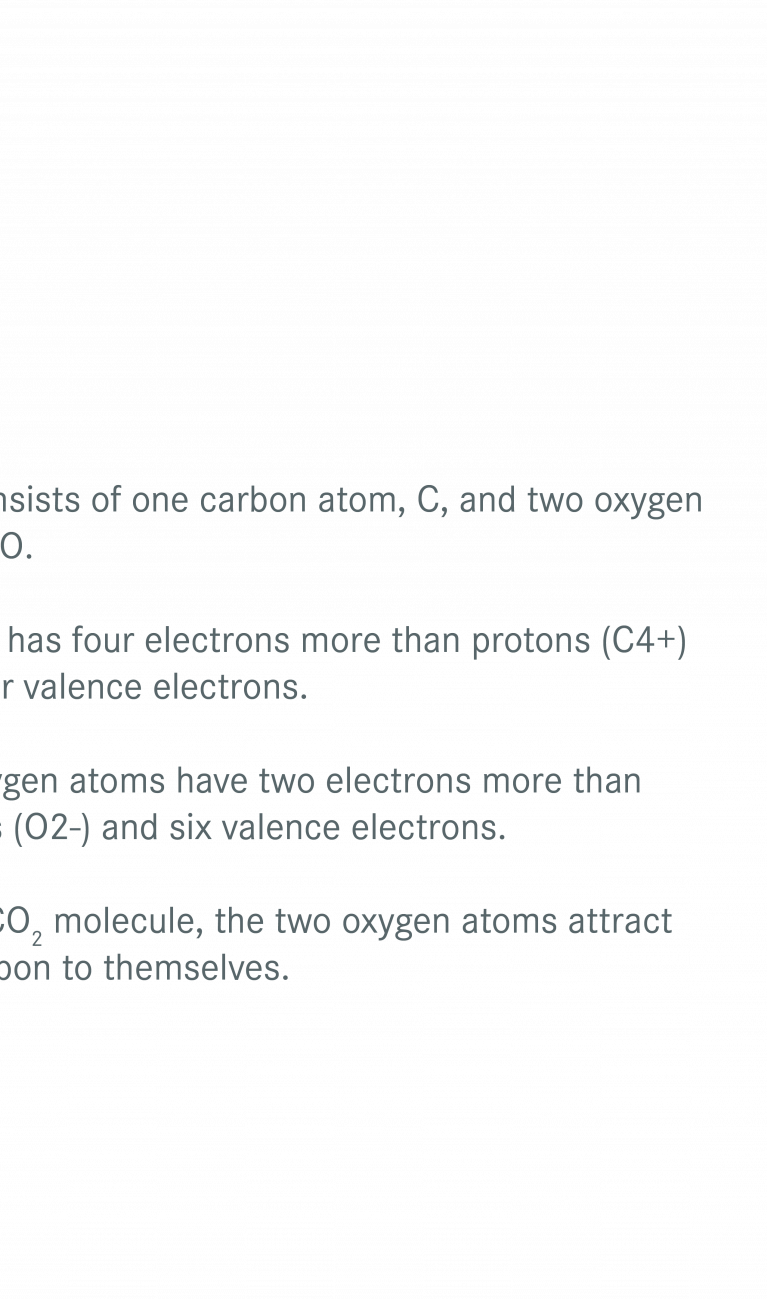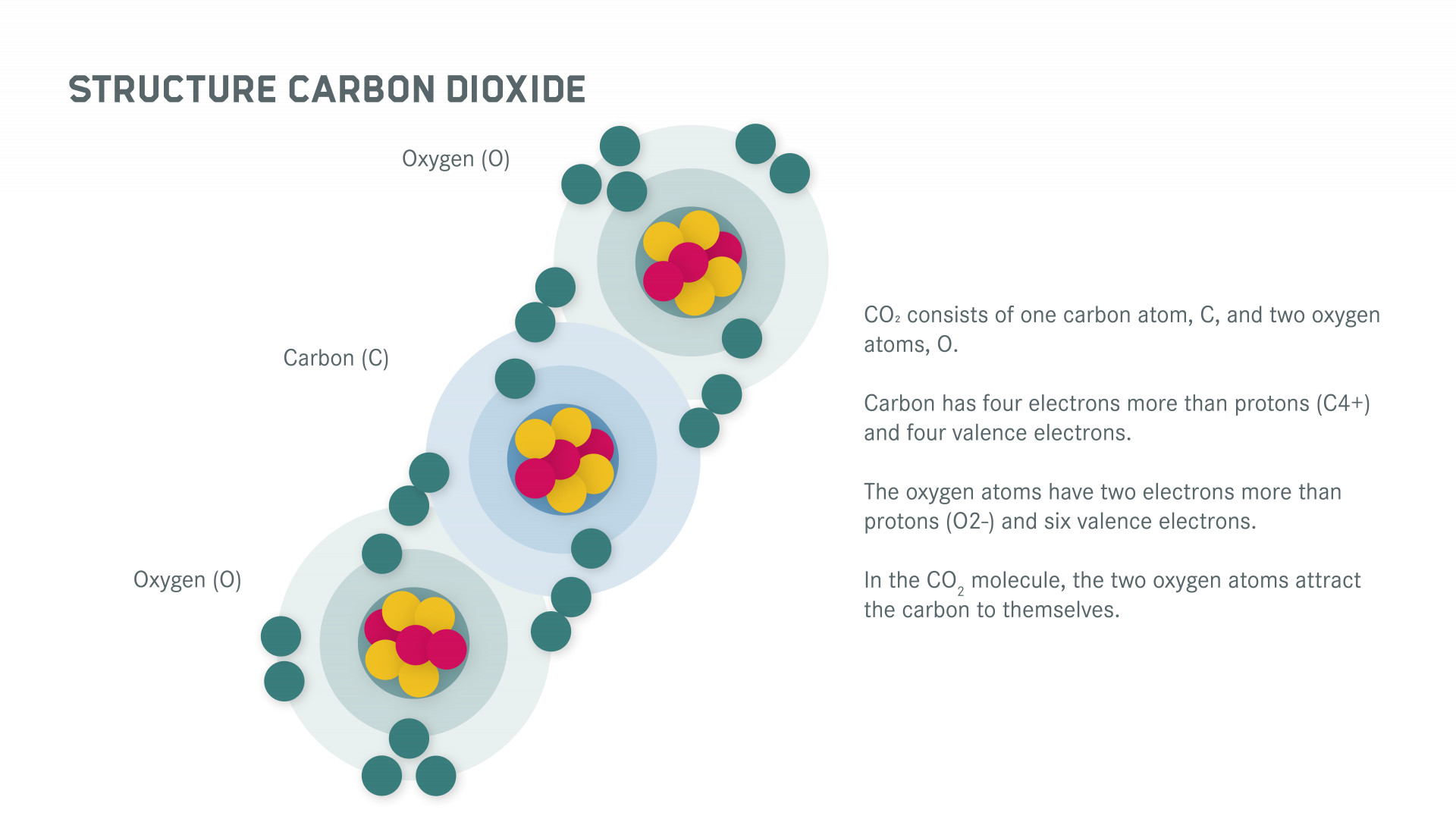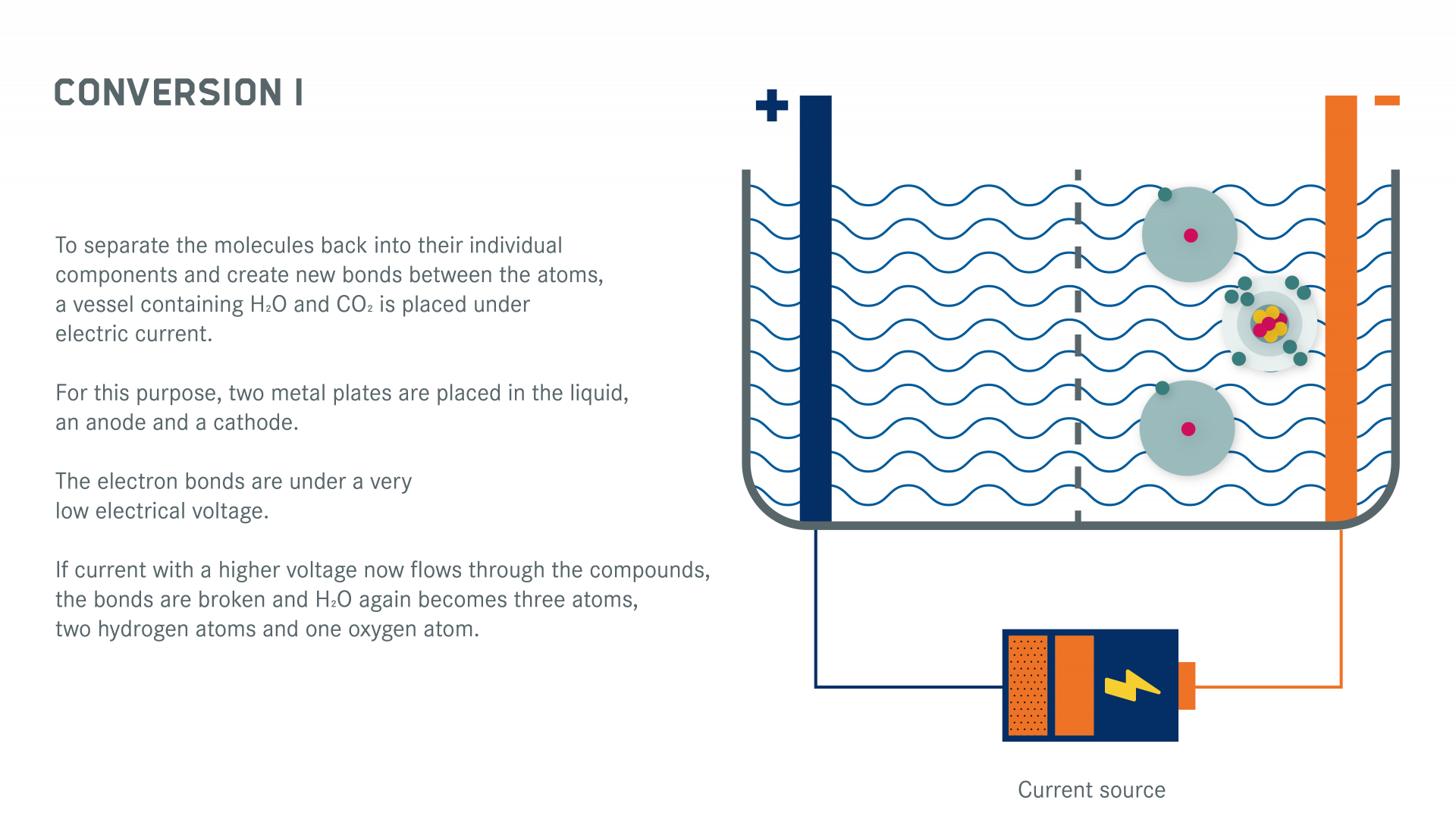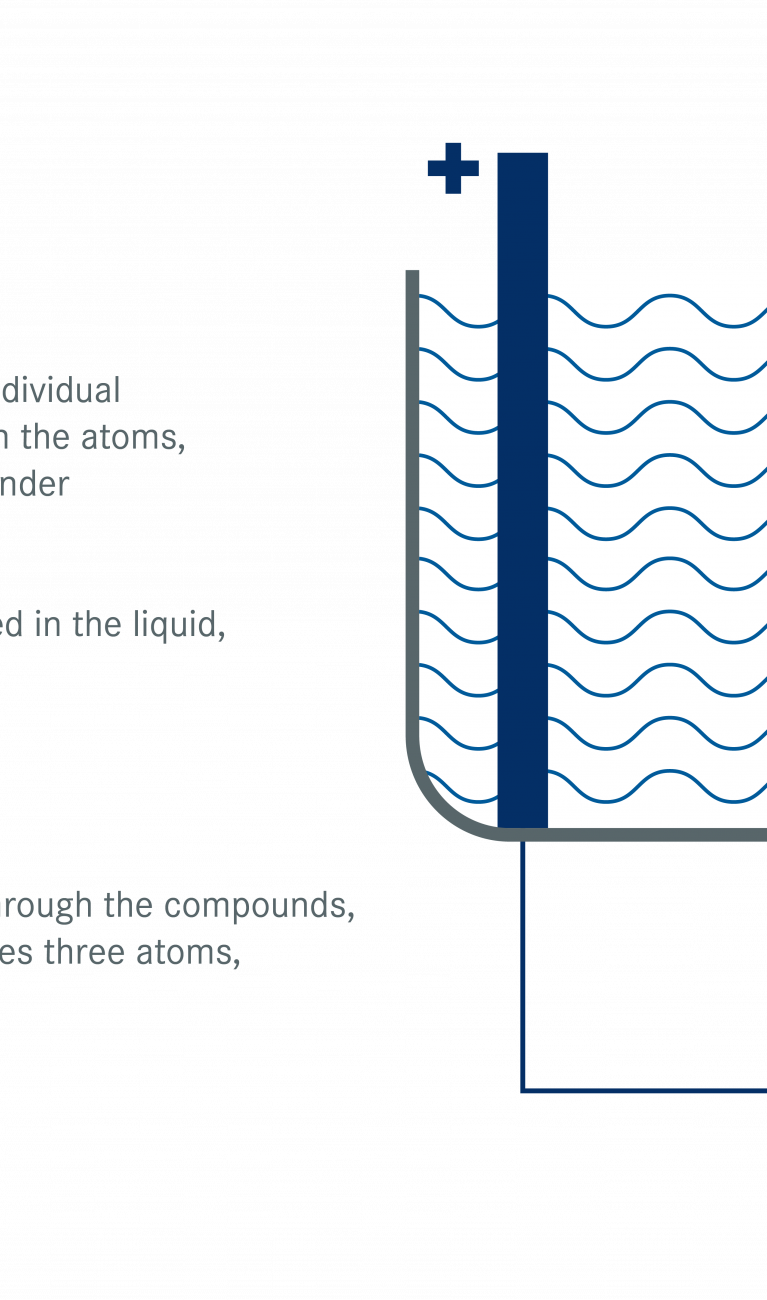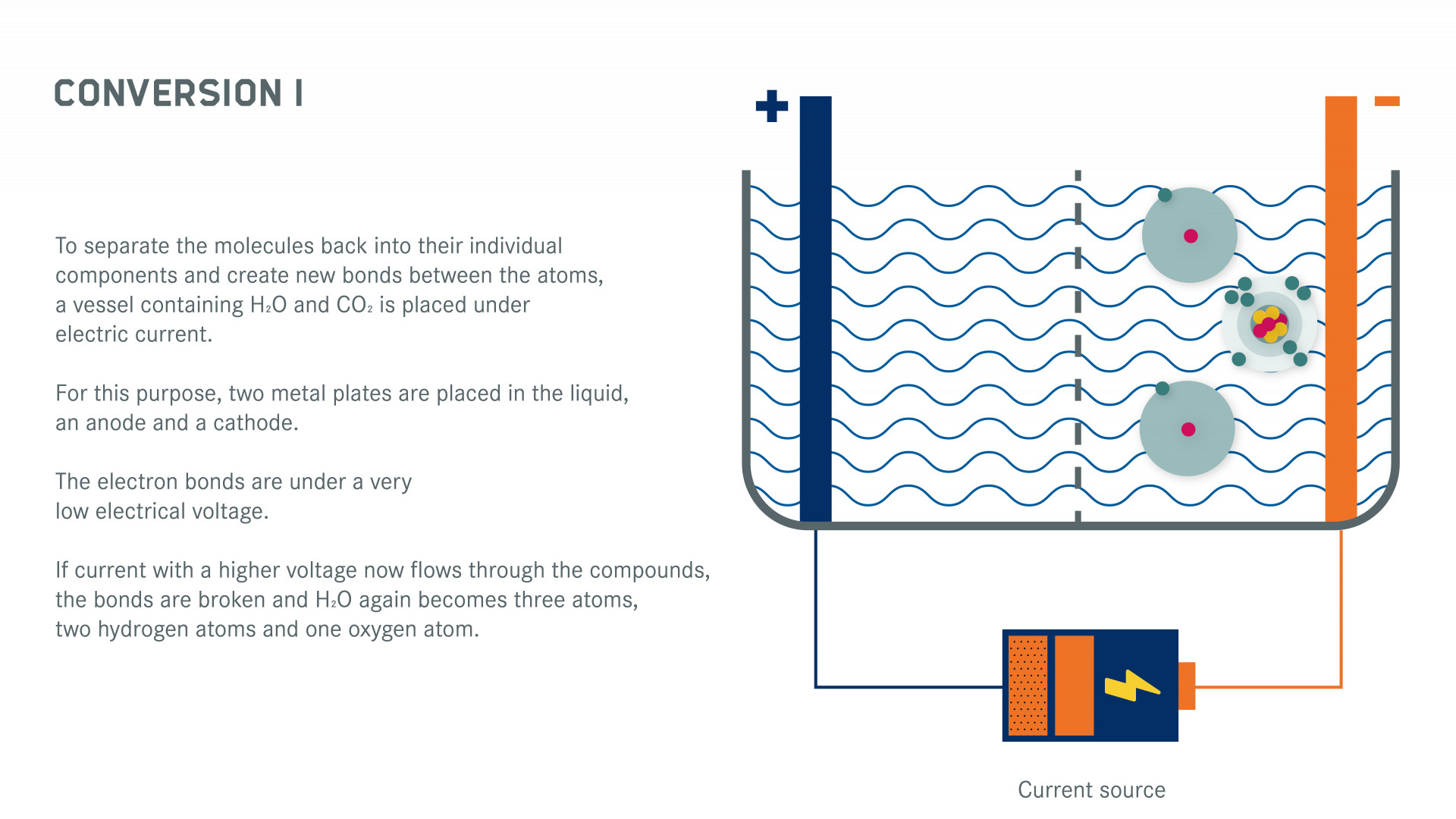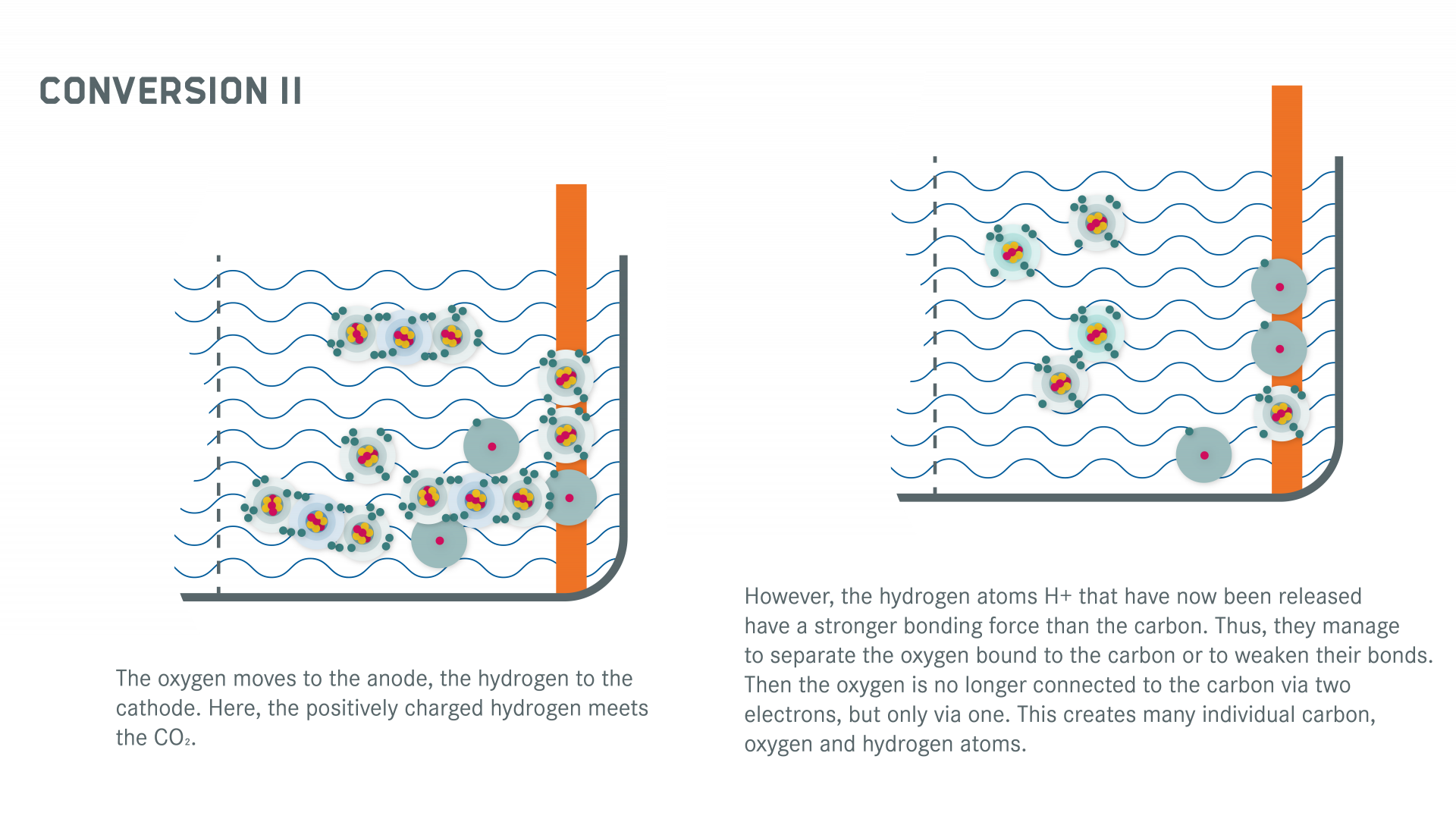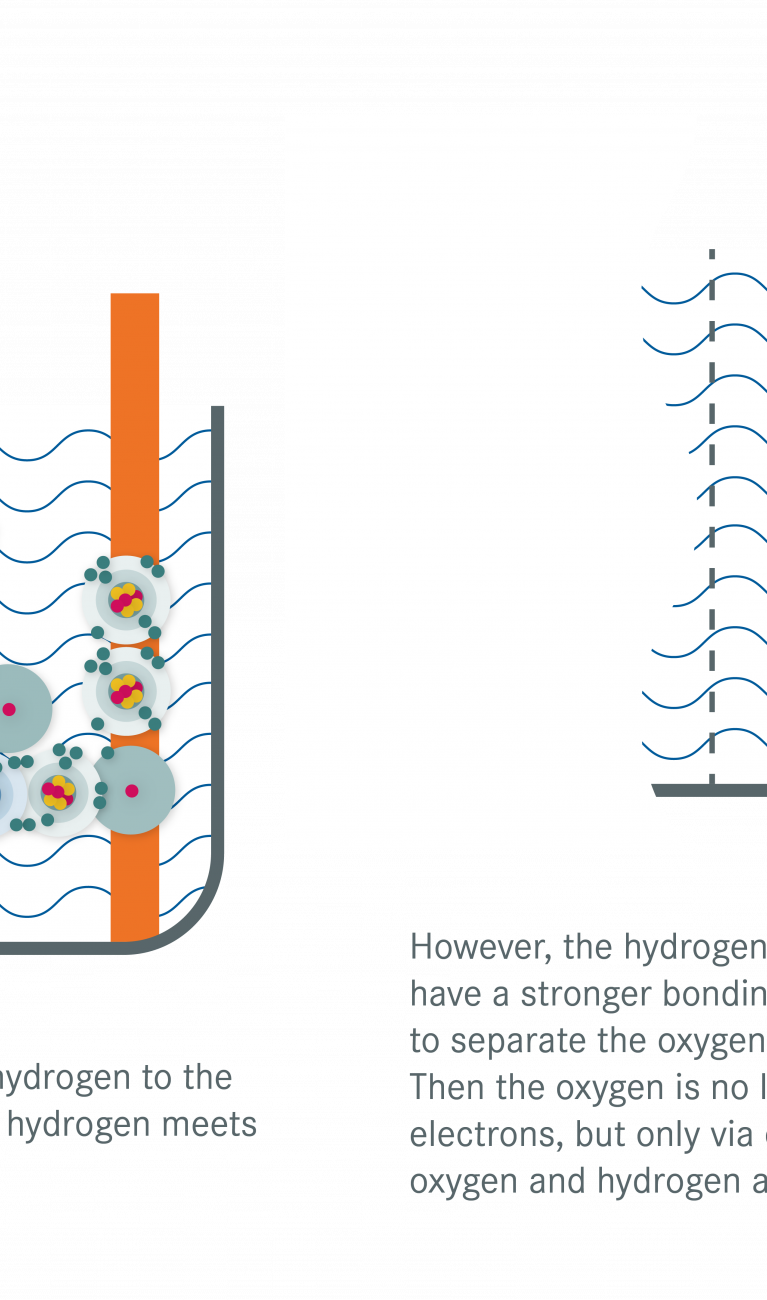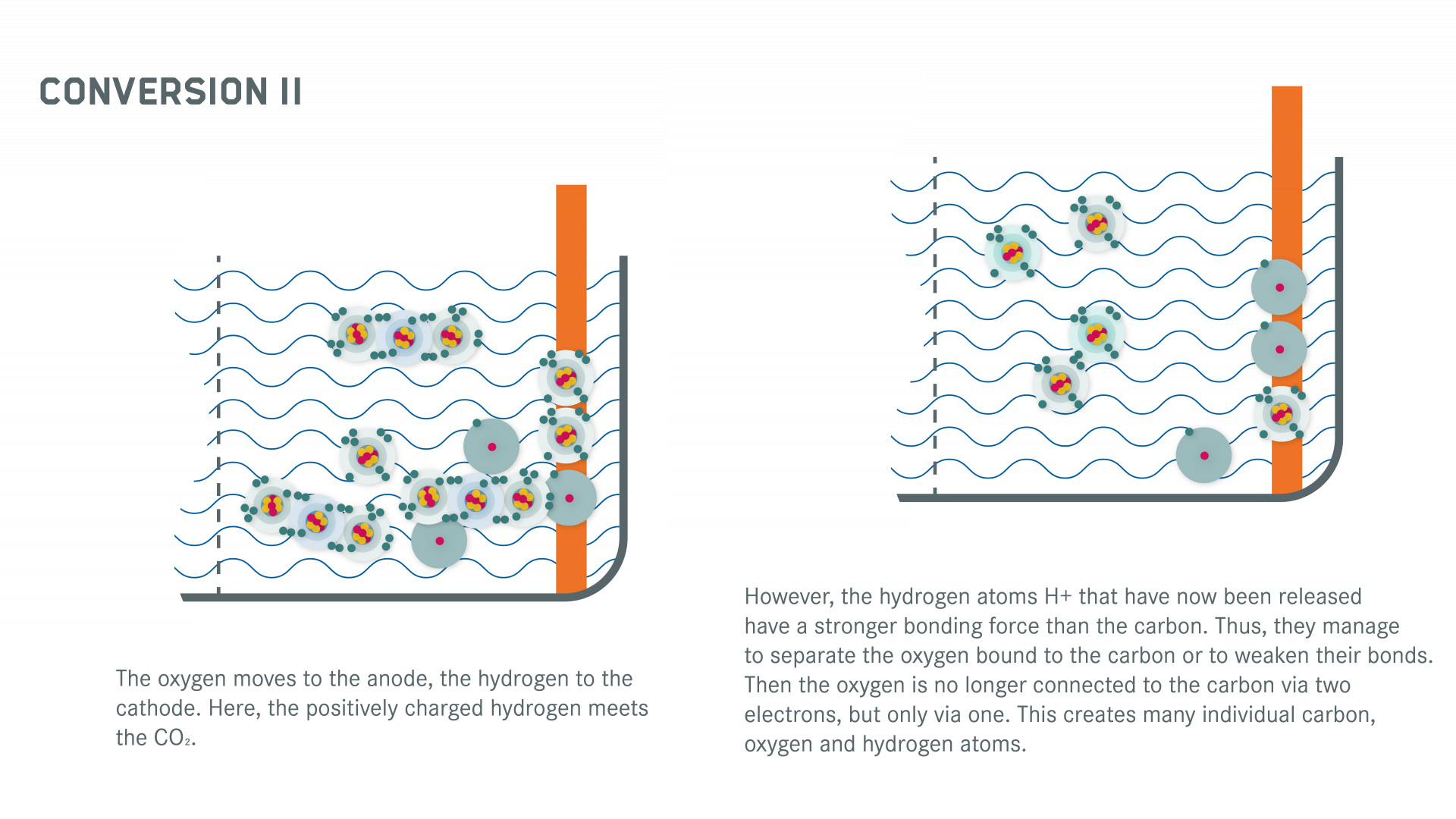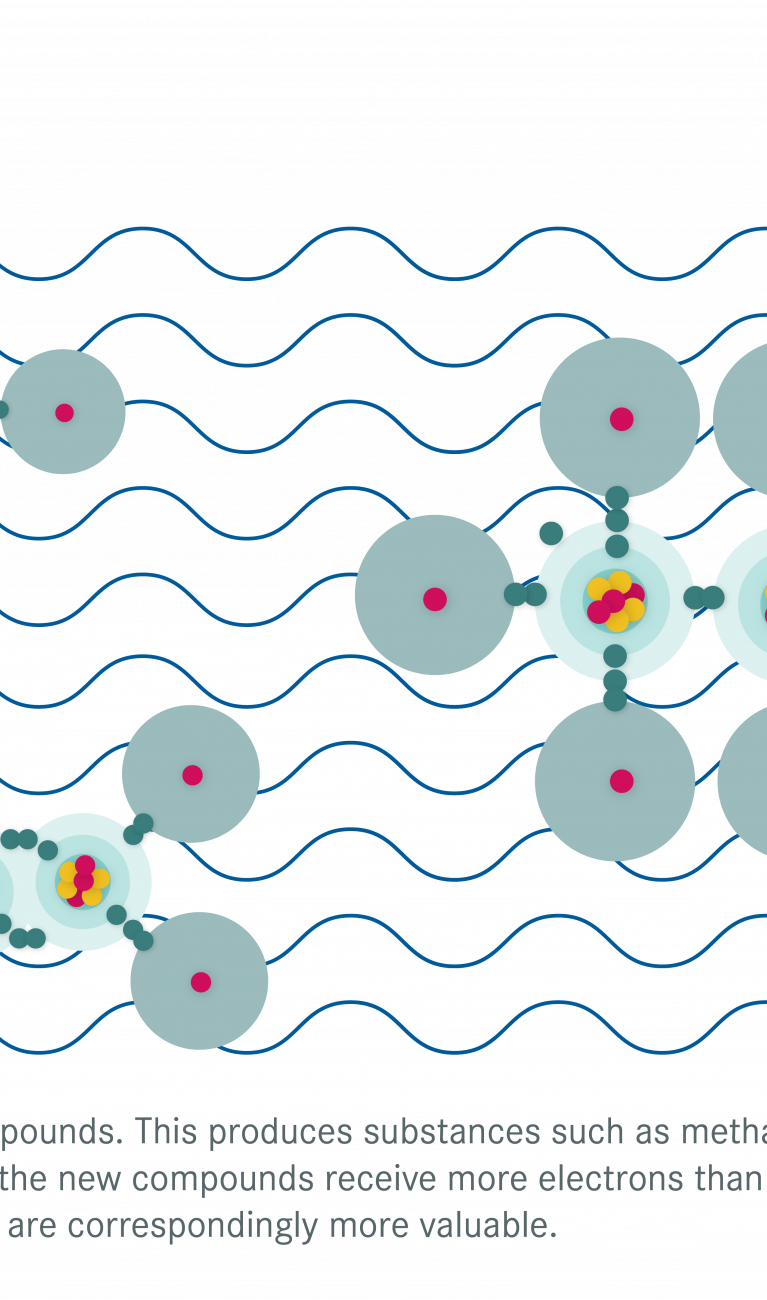From Greenhouse gas to lipstick


The greenhouse gas carbon dioxide harms our climate. But the gas contains an important component of many chemicals and fuels: Carbon. Researchers are therefore working to recover carbon dioxide from the atmosphere and put it to new uses. The so-called co-electrolysis is a promising process for converting the climate-damaging gas into climate-neutral raw materials for industry.
Benzin wird daraus hergestellt, ebenso wie Lichtschalter, Brotdosen oder Kosmetika: Täglich nutzen wir viele Dinge, die auf Kohlenstoffverbindungen basieren. Diese stammen meistens aus fossilen Quellen wie Erdöl oder Kohle. Ihr großer Nachteil: Sie zu gewinnen und einzusetzen produziert enorme Mengen an Kohlendioxid (CO2). Das wiederum sammelt sich in unserer Atmosphäre an und trägt so zur globalen Erwärmung bei.
Related links
Web-Atlas


Emitting less CO2 is therefore the most effective tool against man-made global warming. But it also helps to 'recycle' the carbon dioxide already in the atmosphere, i.e. to recover it from the atmosphere and convert it into substances that industry can use. This creates climate-neutral raw materials: when they are used, only as much CO2 is produced as was previously captured.
Dr. Matthew Mayer leads a junior research group at Helmholtz-Zentrum Berlin (HZB). With his team, he is researching ways to reuse carbon dioxide. The scientists are trying to convert the gas into chemical compounds using electricity from renewable sources. These can then be used instead of fossil carbon as fuels or basic materials for various products. This process is called co-electrolysis.
To obtain new substances, researchers combine two electrolysis processes, hence co-electrolysis. Electrolysis is composed of the Greek ḗlektron (electric) and lýsis (dissolution) and means something is broken down by means of an electric current. Mayer and his colleagues use electricity to split water (H2O) and carbon dioxide into their components and recombine them into more valuable - i.e., energy-rich - compounds.
So far, only a small amount of CO2 has been converted into fuels and basic materials. One of the reasons for this is that co-electrolysis is very energy-intensive on the one hand, and on the other hand, there are as yet no devices that can also transform large quantities of CO2. The scientists of the Helmholtz-Klima-Initiative are tackling this challenge. "In our project Approaches for Circular Carbon Utilization, we are working on new containers - so-called reactors - within which co-electrolysis will take place. To do this, we are developing new materials. These should make the reactions more effective and help us produce exactly the compounds we want," Mayer explains. To understand how they can improve the system, the researchers are closely examining the various water-carbon dioxide reactions.
How expensive could the products resulting from co-electrolysis become? It is not yet possible to say exactly. Initial estimates give cause for hope: It will probably be possible to produce most substances more cheaply than is currently possible. For example, while propanol - a substance based on carbon - currently costs around USD 1250 per ton, scientists reckon that propanol obtained by co-electrolysis could cost as little as USD 750 per ton.
According to the Climate Protection Act, Germany wants to be climate-neutral by 2045. To achieve this goal, fuels and basic materials must also be produced in a CO2-neutral way. This could save up to 180 million tons of CO₂ emissions per year in Germany alone. Currently, around 700 million tons of CO2 are emitted in Germany every year.


